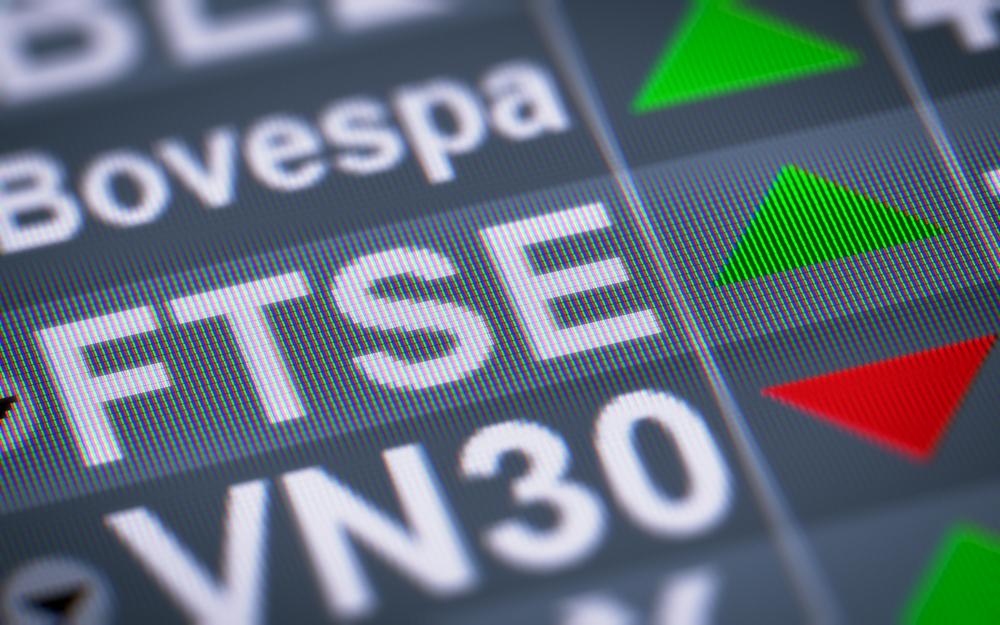The FTSE 100 has posted sharp gains over past 18 months and has broken to fresh records on numerous occasions. As the market currently resides with touching distance of recent highs, we ask is the FTSE 100 overvalued?
Valuation
When evaluating the price levels of stocks one of the most commonly used metrics are price-to-earnings (PE) ratios. There are several variations of PE ratios and they value a stock or share index by dividing earnings of equity by their current price or market capitilisation.
It can be used to predict the returns investors will receive on stocks; a higher PE ratio would suggest that stocks are overvalued and lower PE suggests stocks are cheap.
This logic is then applied to stock markets as a whole as the current value of the share index is divided by total earnings.
PE Ratios are the most widely used metric of valuations and it is important to understand the different variations to help predict future returns.
CAPE Ratio
Shiller’s cyclically adjusted price-to-earnings (CAPE) ratio uses a ten-year period that adjusts earnings according to inflation. In some quarters it is considered a superior predictor to the core PE ratio as it avoids the economic cycle skewing the data.
In regard to the FTSE 100, the PE ratio, as of 30 September, was 25.6 whereas the CAPE ratio was 15.7. The CAPE ratio is trending towards its historical mean, as is assumed it will continually do over time, of 16, however the PE ratio is significantly above its historical mean of 15.
Similarly the FTSE CAPE ratio is considerably lower than in other large countries, such as the US and Germany, however, the PE is higher than in these countries.
Is the FTSE 100 Overvalued?
So, why is there this disparity? Is the FTSE 100 currently over or undervalued?
Part of the answer may be revealed when looking at when the PE ratio of the FTSE began to climbed. In the six months between the end of 2015 and July 2016 this ratio more than doubled, going from 17.18 to 36.49.
This may have been caused by how highly weighted commodities were on the FTSE at this time. At this time commodity prices began to plummet and as a result, earnings also dropped sharply.
Prime examples of this are BP and Shell who began posting dramatically reduced earnings – and large losses in the case of BP – as their share price either continued as they were and began to climb again.
The price of the FTSE has continued to climb since this point as well. This is because of historically low interest rates has led to investors further turning toward trading in stocks in order to get higher returns.
Since the huge spike in the trailing PE ratio in 2016 it has been slowly dropping consistently quarter on quarter, likely the value of the pound dropping 16% up to July 2017, which has caused earnings for the FTSE to increase.
This is likely why the PE ratio is seemingly reverting to mean and this should continue to occur. This process will continue in one of two ways, either earnings continue to rise or stock prices takes significant drop off.
Considering the fall in the pound has led to an increase in earnings as many of the FTSE 100 companies are multinationals, so earnings abroad are inflated when converted to pounds, this suggests prices are too high.
As a consequence, unless the pound carries on dropping or companies improve earnings substantially, the PE ratio will remain above long terms averages, therefore it is likely a drop in price will facilitate the drop in the PE ratio, leading to a conclusion that the FTSE 100 is currently overvalued.
by Will Hinton

